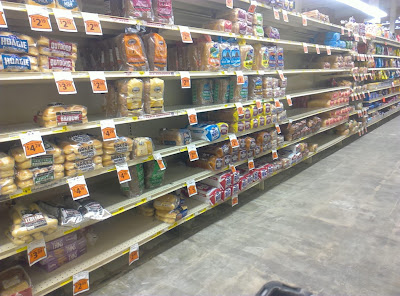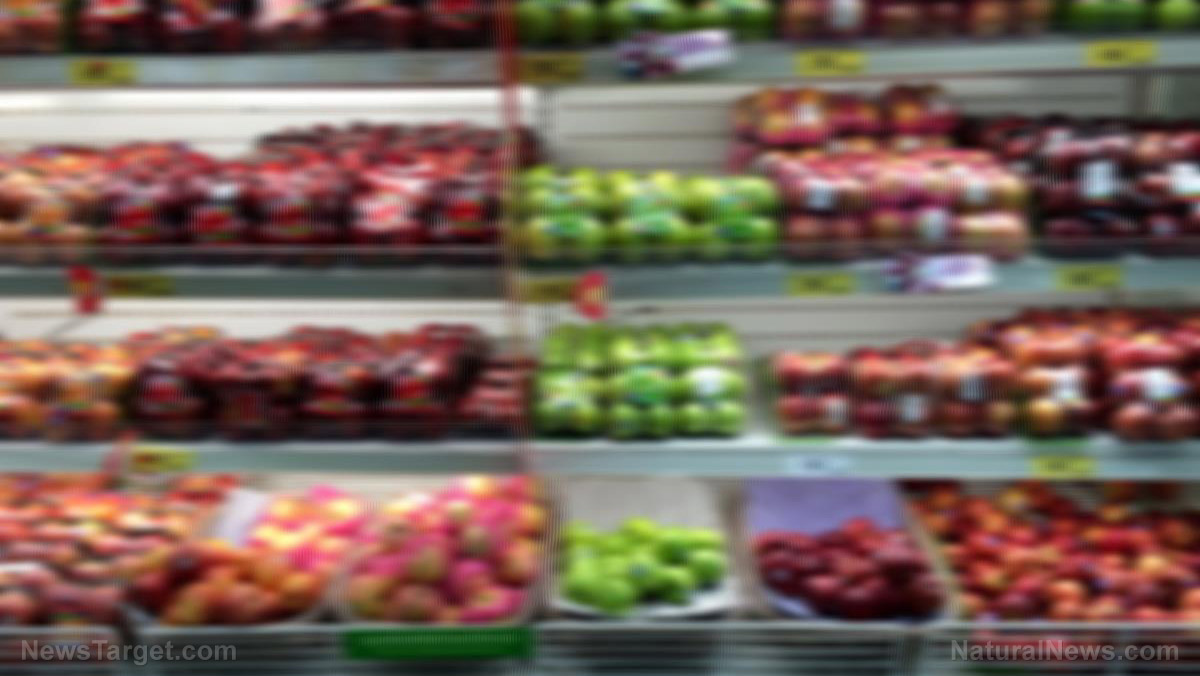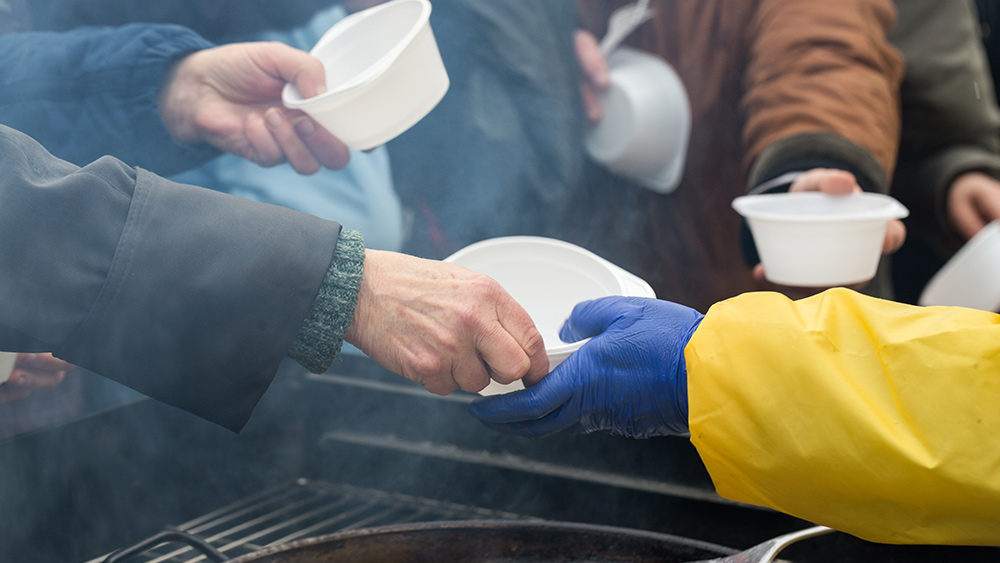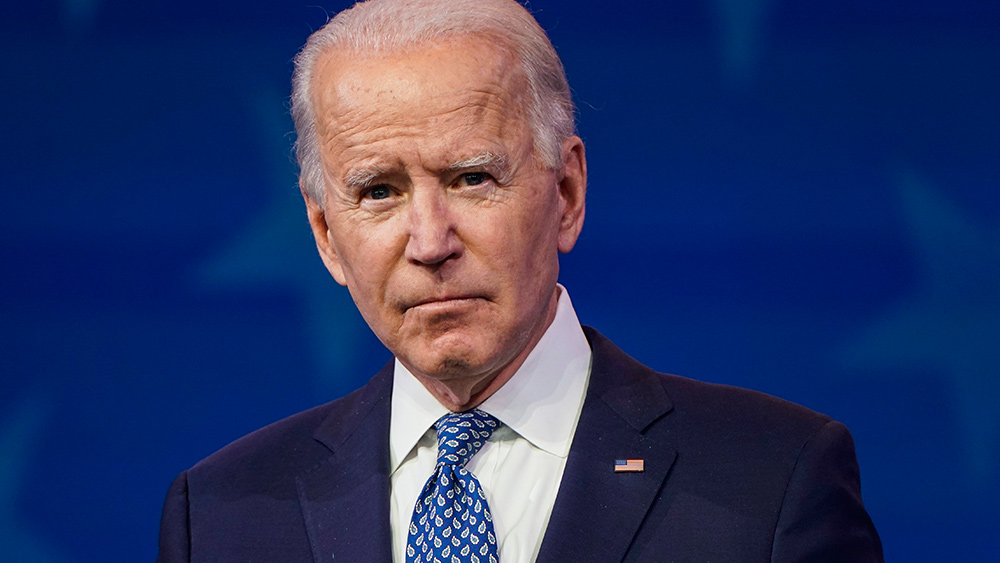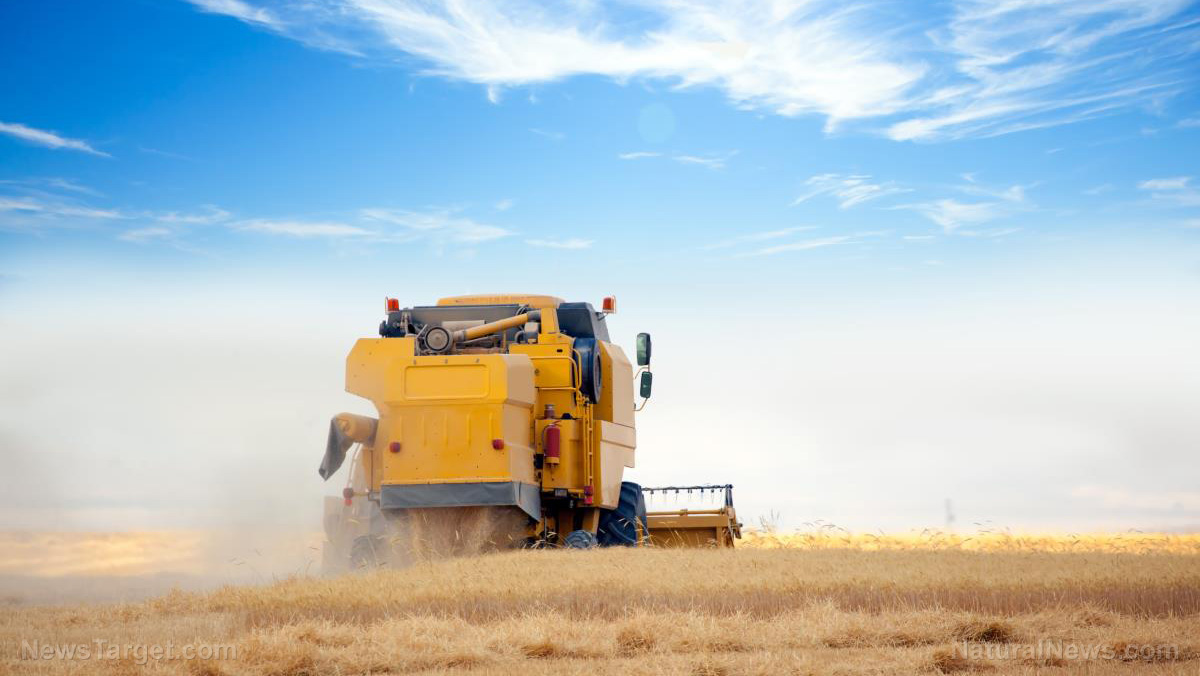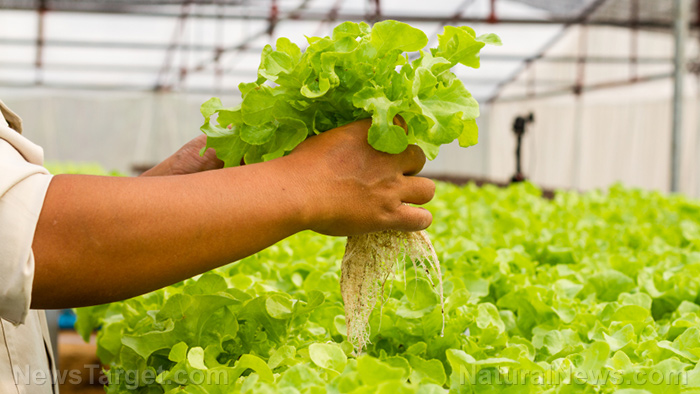Food prices increase as fertilizer costs surge
09/24/2021 / By Mary Villareal

Prices for synthetic fertilizers are at their highest levels since the beginning of the financial crisis. This means that people can expect weaker harvests and increasing grocery bills in the next year as the world’s supply chains start to recover.
Due to extreme weather, plant shutdowns and government sanctions, the chemical fertilizer market is slamming already struggling farmers, who are under the strain of rising costs to produce food.
Urea prices skyrocketed earlier this month to the highest it has seen since 2012 in New Orleans. A common phosphate fertilizer, commonly known as DAP is also at its most expensive since 2008.
Tariffs on imported phosphate, for instance, are contributing to its higher prices. The U.S. International Trade Commission voted to impose countervailing duties on phosphate imports from Russia and Morocco earlier this year. According to the American Farm Bureau Federation, imports from these countries account for 75 percent of U.S. phosphate imports and the tariffs range from 9 to 47 percent depending on the supplier.
A petition filed by the potash mining company, Mosaic, argued that Russia and Morocco were unfairly subsidizing fertilizer production through different means and the tariffs could decrease farmer income by $800 million.
Alexis Maxwell, an analyst at Bloomberg-owned Green Markets, said that farmers will either cut application rates, cut fertilizer entirely in hopes for lower future pricing, or cut other farm products to account for the bigger expected spend as fertilizer prices continue to rise. Some are also holding out before buying for the next growing season in hopes that costs could come down. This is not a guarantee, however, and prices could continue to rise.
Farmers spending more, earning less
Farmers growing commodity-grade corn, soy and other grains are already spending more than the average on seeds, labor, transportation and equipment costs. These factors helped contribute to the sharp food inflation costs over the past year. The United Nations measure of global food prices is already near its highest in a decade, and the problem could be further exacerbated by fertilizer costs.
Various events contributed to the rising prices: back-to-back late summer storms in the U.S. Gulf Coast prevented products from moving in and out, temporarily closing plants in the region. (Related: Monsanto’s profits and seed sales plunge yet again, as farmers and consumers choose organic over GMO.)
Logistics companies that transport fertilizer also face labor shortages and price increases, adding to costs. Freight is about 15 percent of the cost of buying products for businesses, and the rising costs can be nothing short of a nightmare for small businesses.
If farmers cut back the amount of fertilizer they use, one of the most impacted crops will be corn: while it is one of the highest-yielding, it is also an expensive one to raise, with fertilizers accounting for about 20 percent of the expense. Other farmers may opt for cheaper crops that require lower inputs instead.
Smaller corn crops could mean elevated feed costs for dairy and other animal farmers, which could also be translated to higher prices for consumers who are buying meat. The high fructose syrup in corn is also a major ingredient in many processed food.
All these factors could impact farmers in the coming year.
Plants need a combination of nutrients to survive, and they need multiple layers of fertilizers to provide different inputs. Nitrogen will have to be applied every year, so it is highly unlikely for farmers to cut the amount they buy. To cut costs, they may, however, cut back on phosphate and potash, and rely instead on the nutrients that are already in the soil.
Read up on food price increase and other related concerns at FoodSupply.news.
Sources include:
Tagged Under: economics, economy, farming, fertilizer, fertilizer costs, food shortage, foodcollapse, foodsupply, grocery, harvest, Inflation, pandemic, price increase, price surge, supply chains
RECENT NEWS & ARTICLES
COPYRIGHT © 2017 STARVATION NEWS

